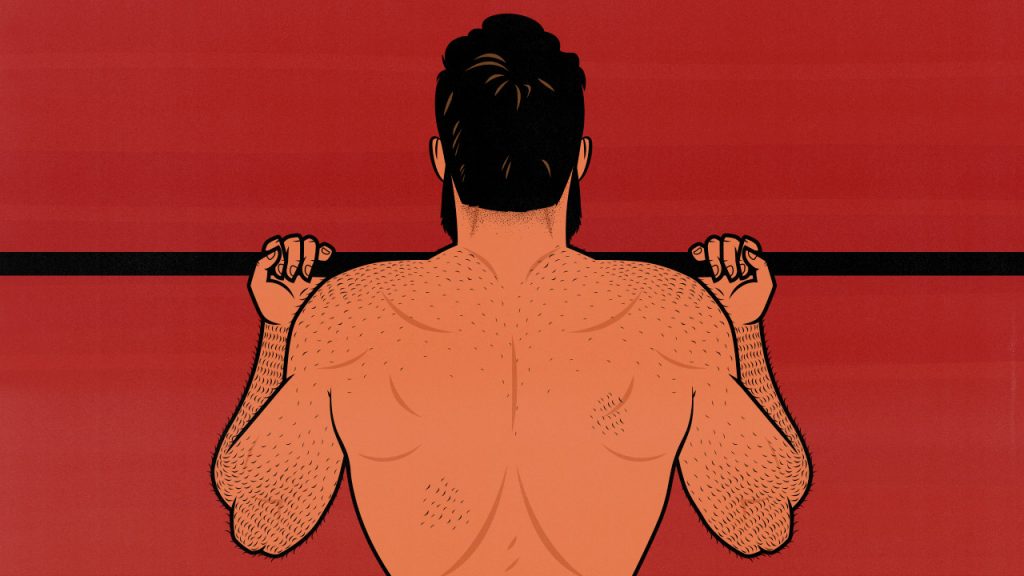
Exercise Order: Which Exercises Should You Do First?
The conventional wisdom is to start each workout with the big compound lifts, then move to smaller assistance exercises, and then finish with isolation exercises. That’s a perfectly fine way to structure your workout. Ordering your exercises that way will work.
However, the research doesn’t quite support that advice; there’s some nuance to delve into, and you might prefer to put your exercises in a different order.
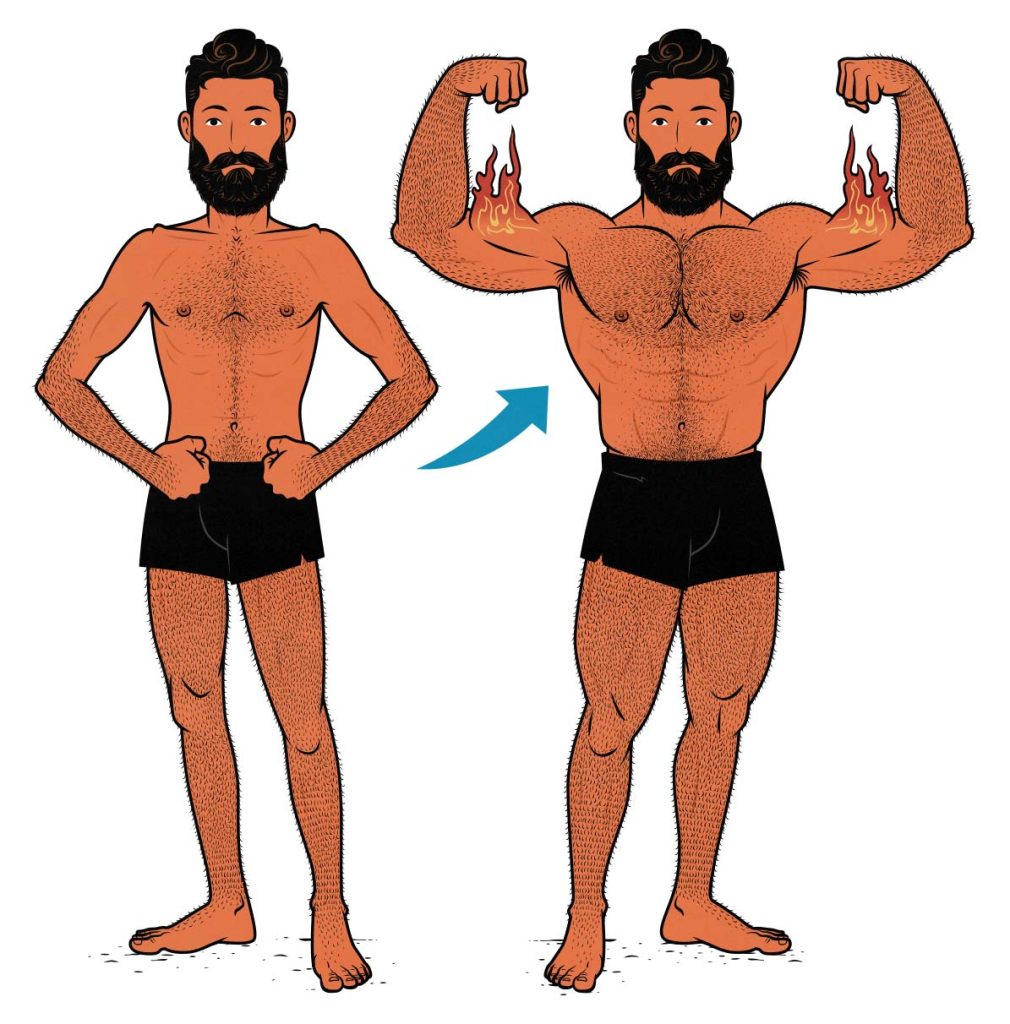
The Research on Exercise Order
The conventional wisdom is to start with compound lifts and work your way smaller. There’s certainly a strong tradition of programming workouts that way. That’s how we usually do it, too, and there’s no doubt it works:
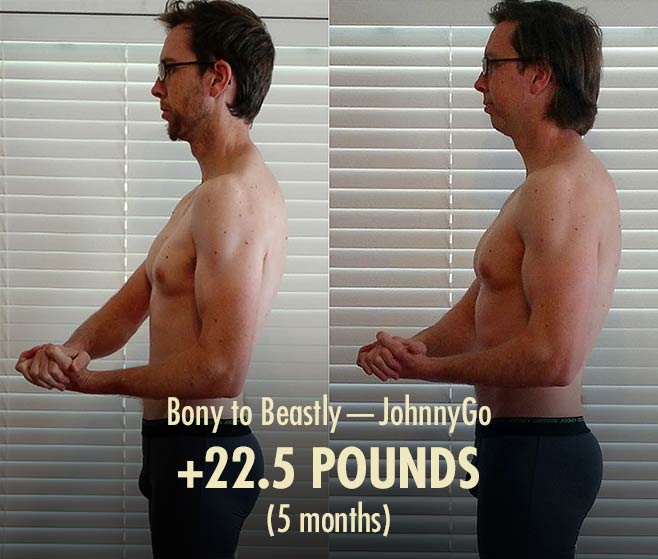
However, a meta-analysis by Pedro Nunez and colleagues found that exercise order doesn’t actually have a big impact on muscle growth (study). There’s no single correct way to do this. Rather, you should order your exercises so that you can:
- Bring your best energy to the lifts you care about the most. For example, if you care about building muscle overall, start with the big compound lifts. If you care about building bigger biceps, start with biceps curls.
- Don’t tire out your supporting muscles too early. For example, you shouldn’t fatigue your spinal erectors before doing your heaviest sets of deadlifts.
- Don’t hurt your joints and tendons. For example, it’s usually easier on your elbows if you do your pressing before your triceps extensions.
- Alternate between different muscle groups. For example, you could do supersets, alternating between deadlifts and push-ups, chin-ups and goblet squats, or biceps curls and triceps extensions. That way, you can keep training while your muscles rest.
We’ll start by talking about a good default way to structure your workouts. Then, we’ll talk about how to use different workout structures to emphasize different muscles and goals.
Start Big and Work Your Way Smaller
If you’re programming your own workouts, I think it helps to start with the biggest and best exercises, see which muscles they aren’t properly stimulating, and then fill in those holes.
Here’s how to structure a Bro Split or PPL workout:
- Chest Day/Push Day: Start with a push-up, bench press, or dip, working the biggest muscles in your chest. Move to an incline, overhead, or landmine press to work your upper chest and front delts. Then do your lateral raises for your side delts and triceps extensions for your triceps. Add more volume to any muscle that needs it.
- Back Day/Pull Day: Start with chin-ups or deadlifts. Move to rows and pulldowns. Then do your smaller exercises, such as biceps curls, face pulls, and reverse flyes.
- Leg Day: Start with your squat and deadlift variations. Feel free to superset some lighter core exercises into your rest times (planks, crunches, leg raises, etc). Then, move to your leg presses, leg curls, leg extensions, calf raises, and other smaller leg exercises.
You’d take a similar approach with an Upper/Lower Split, just using more supersets:
- Upper-body workout: start with big pressing and pulling exercises, such as bench presses and rows, overhead presses and chin-ups, or dips and deadlifts. From there, do supporting exercises like lat pulldowns, dumbbell presses, cable rows, and push-ups. Finish with exercises like biceps curls, triceps extensions, and lateral raises.
- Lower-body workout: Start with your big squats and deadlifts. Then, go to supporting exercises like leg presses, step-ups, split squats, good mornings, and hyperextensions. Finish with leg extensions, leg curls, calf raises, and core exercises.
You can take the same approach with full-body workouts. Start with big exercises like squats, deadlifts, chin-ups, and bench presses. Then move to smaller compound exercises, such as incline presses, overhead presses, pulldowns, rows, step-ups, split squats, lunges, and leg presses. And finally, do your isolation exercises, such as biceps curls, triceps extensions, lateral raises, and neck exercises.
Managing Fatigue
Lifting weights is tiring. When you do a challenging exercise, you need to rest before doing it again. As you get deeper into your workout, it’s normal to feel more fatigued.
- Sneak smaller exercises between bigger ones. If squats and deadlifts leave you reeling for several minutes, you might have enough energy to do something smaller while resting. For example, you could do some neck exercises, lateral raises, or crunches. These exercises work the target muscles hard, but those muscles are small, giving you a chance to replenish your vigour.
- Put your effort into the exercises you care about. Don’t leave your favourite exercise to the end of the workout, lest you find yourself too fatigued to enjoy it. Similarly, don’t leave your most dreaded exercise to the end of your workout, lest you find yourself unable to muster the motivation you need.
When you consider both of those factors, you can wind up with strange workouts that work unexpectedly well. Maybe you care about your chest and biceps, and you don’t find biceps curls fatiguing, so you start your workout with bench presses (the big, fatiguing exercise) and biceps curls (the smaller, more restful exercise). That isn’t the typical way of doing things, but it might give you exactly what you want.
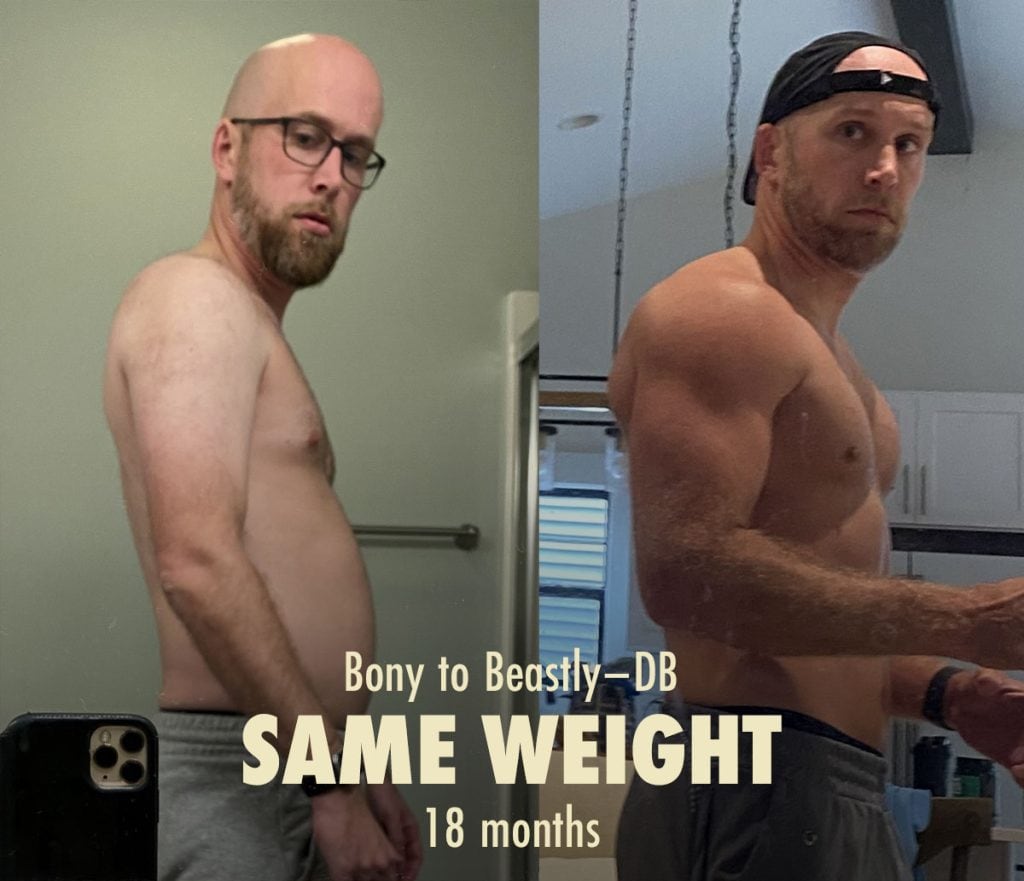
Pre-Fatiguing is Overrated
Some of the biggest bodybuilders argue that if you pre-fatigue/pre-exhaust a muscle with an isolation lift, you can get better muscle activation during compound exercises. For example, you’ll hear guys like Dr. Mike Israetel recommending this kind of thing. And you might think that because these guys are the biggest, they must be right.
However, you almost never hear about pre-fatiguing from natural lifters. I think what’s really happening is that when you build a body that’s inhumanly big, you need to be especially cautious about breaking it.
A natural lifter can warm up for a set of squats with 1–4 plates and be fine. But if you can squat 5, 6, or 7 plates, you’re in a different realm. It might make sense to tire your quads out first. That way, you don’t need to load yourself up with several hundred pounds.
Pre-fatiguing doesn’t seem to work, either. In this EMG study, pre-exhausting the pecs before doing a set of bench presses increased triceps activity. We don’t know whether the extra triceps activity would increase triceps growth or reduce pec growth, but it doesn’t seem that pre-fatiguing a muscle has the intended effect.
Exercise Order to Emphasize Certain Muscles
If you want to focus on a specific muscle, try starting your workouts with the exercise that best targets that muscle. For example, let’s say you’re doing an arm-specialization program, and you want to bring up your stubborn biceps. You might normally do deadlifts, then chin-ups, then rows, before getting to your biceps curls. Try training them first instead.
To be fair, the evidence for this is fairly weak. I haven’t seen much research to support it. But damn, does it ever work well in practice. I’ve made some of my best arm gains while training my arms first. I’ve gained the most strength on my arm exercises when doing those exercises first. It’s also incredibly reliable with clients.
Exercise Order for Gaining Strength
If you want to get stronger at an exercise, give it your best energy (study). Start your workout with it. If you want to get stronger at the bench press, do it before your overhead press. If you want to get stronger at the overhead press, start with the overhead press.
If you want to improve your 1-rep max strength, start heavier. Instead of starting with 8-rep sets of bench presses, add a heavier set to the beginning. Warm up to your 5-rep max and do 2 reps, or warm up to your 3-rep max and do a single rep. That way, you’re investing your best energy into lifting heavier.
Summary
Any exercise order can stimulate muscle growth just fine. You don’t have to overthink it. But we think you can do better by giving your workouts more structure. I think it makes sense to start with the biggest exercises, then work your way smaller, filling in the gaps as you go.
If you’re using supersets, alternate between exercises that train different muscles. For example, if you start your workout with squats and chin-ups, you can do a set of squats, then a set of chin-ups, and then go back to squatting. This can cut the length of your workouts almost in half without reducing muscle growth.
If you want to emphasize a certain muscle or lift, start with exercises that match your goals. If you’re eager to build a bigger deadlift, start with deadlifts. If you’re eager to build bigger arms, put your best effort into your arm exercises.
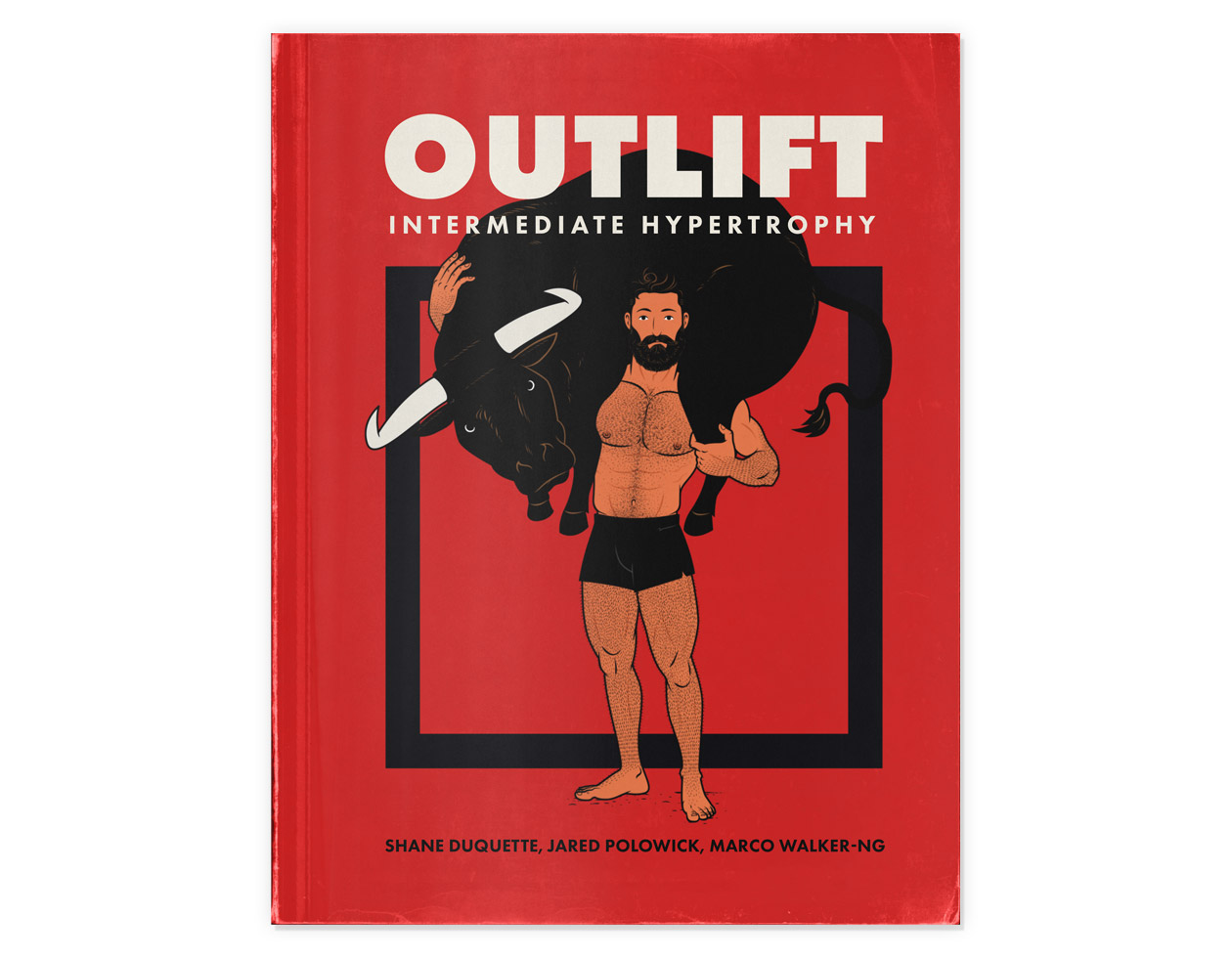
As always, if you want a customizable bulking routine (and full guide) that builds these principles in, then check out our Outlift Intermediate Bulking Program. If you like our approach to gaining muscle size and strength, you’ll love the full program.



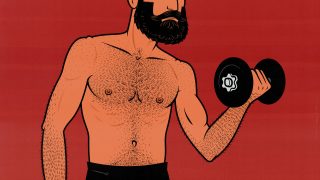
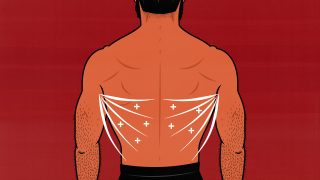
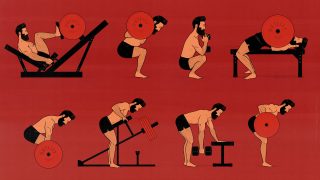
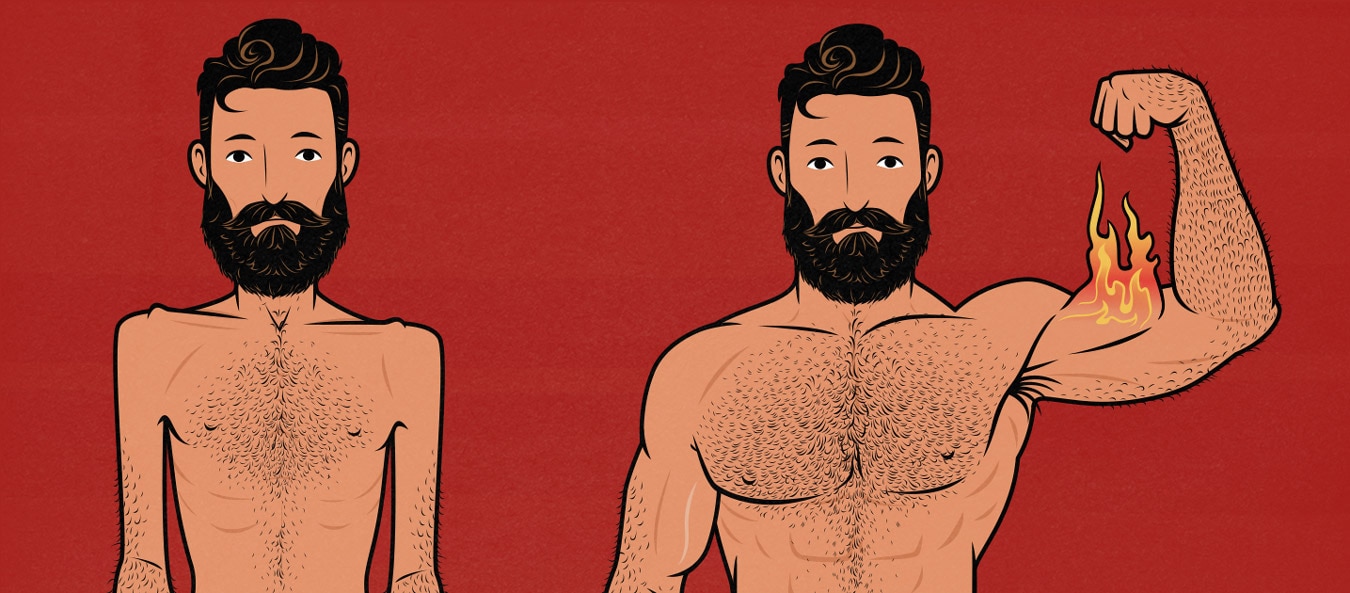
Good article . But we learned what we knew about 60 years ago. Hehe.
60 years ago, wasn’t the king of bodybuilding, Steve Reeves, doing crunches and calf raises before his squats, which were like the sixth exercise in his workout? But yes, I hear you. This isn’t exactly a controversial article 😛